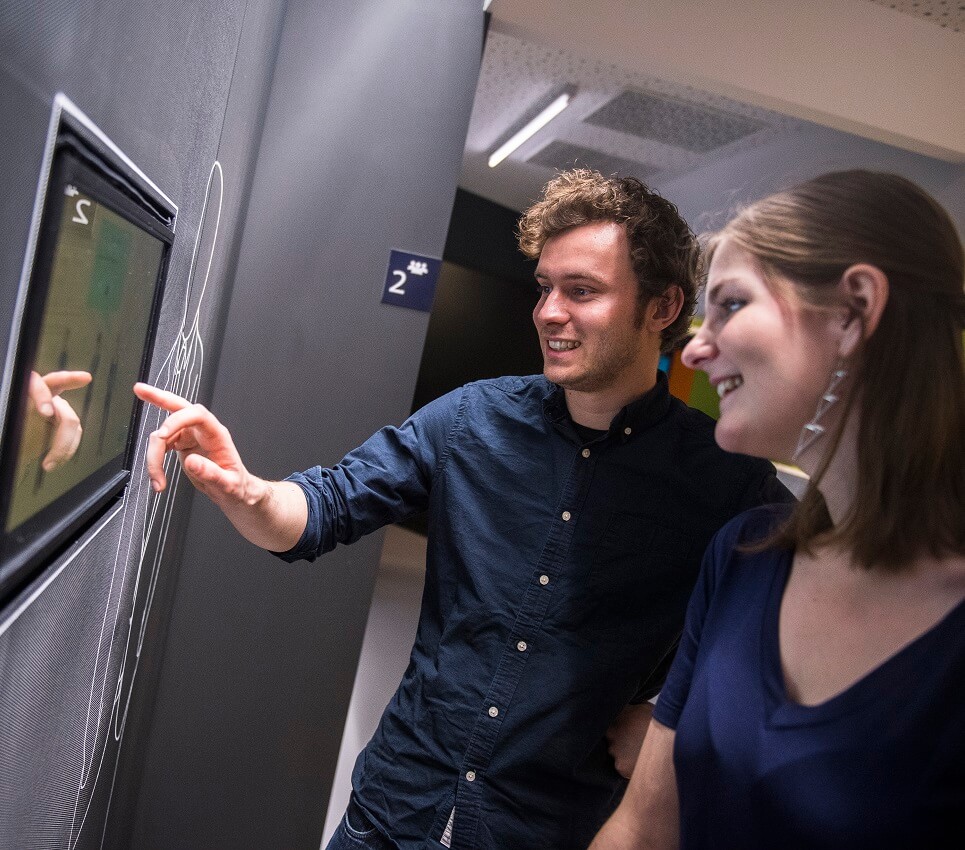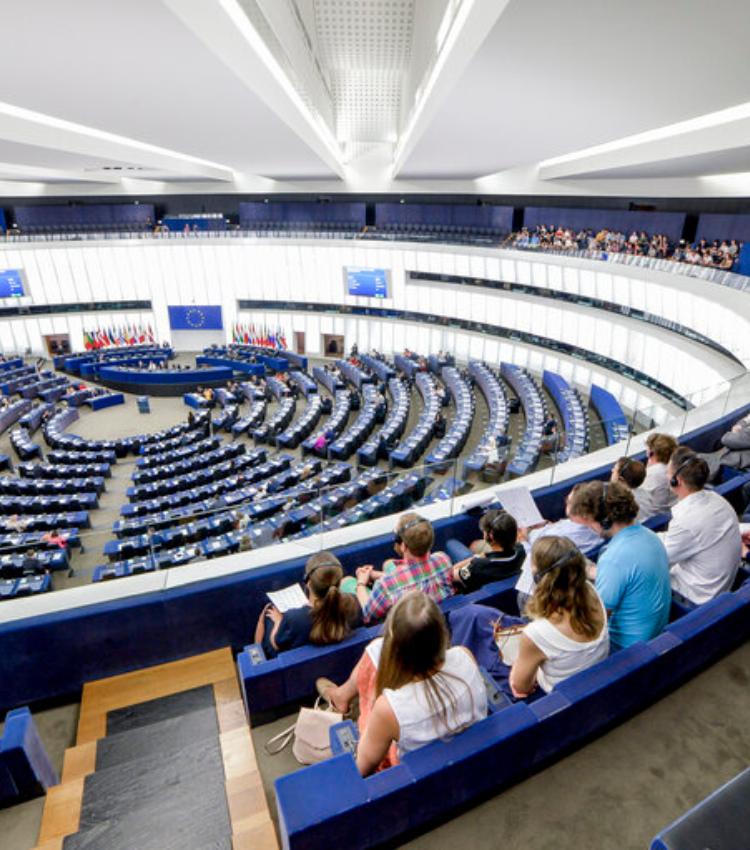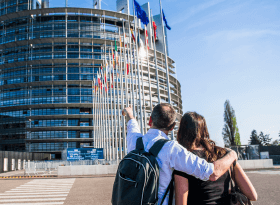Jean Monnet House
Jean Monnet House is a place to discover the life and work of one of the architects of today’s Europe. The interactive permanent exhibition introduces you to Jean Monnet and lets you explore his achievements up-close. Its multimedia activities show you his impact on today’s Europe and how the European institutions affect your life.
Steeped in European history, Jean Monnet’s home in Bazoches-sur-Guyonne witnessed decades of the statesman’s tireless work. Located 45km to the west of Paris, it was the ideal retreat from the hubbub of the French capital where Monnet could develop his vision of European peace and unity. Entrance is free and visits take around 60 minutes.
Opening hours
| Monday − Friday | Saturday - Sunday | |
|---|---|---|
| 10.00 − 17.00 | 10.00 - 18.00 |
Museum is closed on: 1 January, 24, 25, 31 December
Individual visits
Individual visitors and groups of less than 6 people do not need prior booking to visit the museum. Visitors can enjoy the exhibition at their own pace, with the multimedia guides available in French, English and German.
Group visits
Groups of more than 10 people must book in advance for both multimedia guide and guided visits.
Visits with a multimedia guide are available in French, English and German and must be booked a minimum of one week in advance.
Guided visits are available in French, English, German, Spanish and Italian. These must be booked at least 3 weeks in advance and can be tailored to interests of the group. They can focus on a variety of topics from the European Union today to the historic view of European peace. Creative workshops for school groups can also be organised to allow students to discover issues like European citizenship and how Europe responds to climate change.
To book a group visit, please call +33 3 88 16 41 11 or send an email to jean-monnet-europe@europarl.europa.eu.
Who was Jean Monnet?
Born and raised in a family of cognac producers, Jean Monnet spent his life working across borders. He was always convinced that people are better off when they join forces. He started his career in the family business moving later to international finance. During both World Wars, he was instrumental in convincing the Allies to work together.
After 1945, Monnet worked to find a permanent solution to the resurgence of war on the European soil. With an eye to putting an end to Franco-German rivalry, he and Robert Schuman developed a plan for European countries to share coal and steel production, leading to the creation of the first European Community – the European Coal and Steel Community – and paving the way for further European cooperation.
Security
Security and safety are priorities for the European Parliament. For that reason, a number of security measures are in place in and around our buildings. In order to ensure a safe visit for all, we invite you to read and comply with these measures:
- A valid physical identity document (national ID card or passport) is required to access European Parliament buildings. If you registered in advance and you provided your ID document details, you must bring this same document to the Parliament on the day of your visit.
- Photocopies of IDs, ID cards downloaded to mobile phones and driving licenses are not accepted.
- All visitors and bags are subject to airport-style security checks before entry. Firearms, explosive or inflammable substances, pepper sprays, sharp items and other objects that could be considered weapons are prohibited. In accordance with national legislation, certain prohibited items may be handed over to the police.
- No trolleys, suitcases, or other large luggage are allowed into the buildings.
- Animals are allowed in the buildings only as trained guides for visually impaired persons or to assist persons with reduced mobility.
- If an access pass has been issued, visitors must visibly wear it whilst in the Parliament buildings.
- Photography and filming are permitted inside the visitor area, but are prohibited in the security area and in the Hemicycle gallery during plenary sessions as well as in restaurants and bars. For more information, please consult the Rules Governing Recordings on the Premises of the European Parliament.
- If the fire alarm goes off, leave the building immediately without running and follow the instructions given by the security staff and evacuation volunteers.
- For any safety emergency, call 33112 from any internal phone.
- Some areas are subject to video surveillance in accordance with the European Parliament Video Protection Policy.
- Wearing a facemask is not mandatory. Visitors can wear one if they would like to.
- If you feel unwell, please stay at home and postpone your visit. We will be happy to welcome you back when you are feeling better.
Last update: 06.2025
Jean Monnet House
7 chemin du Vieux Pressoir, Houjarray
78490 Bazoches sur Guyonne
France


